INDIAN ARMED FORCES CHIEFS ON OUR RELENTLESS AND FOCUSED PUBLISHING EFFORTS

The insightful articles, inspiring narrations and analytical perspectives presented by the Editorial Team, establish an alluring connect with the reader. My compliments and best wishes to SP Guide Publications.

"Over the past 60 years, the growth of SP Guide Publications has mirrored the rising stature of Indian Navy. Its well-researched and informative magazines on Defence and Aerospace sector have served to shape an educated opinion of our military personnel, policy makers and the public alike. I wish SP's Publication team continued success, fair winds and following seas in all future endeavour!"

Since, its inception in 1964, SP Guide Publications has consistently demonstrated commitment to high-quality journalism in the aerospace and defence sectors, earning a well-deserved reputation as Asia's largest media house in this domain. I wish SP Guide Publications continued success in its pursuit of excellence.
The Jet Engine Deal
This move aims to boost defence industrial cooperation and enhance the India-US major defence partnership
 |
The Author is Former Director General of Information Systems and A Special Forces Veteran, Indian Army |
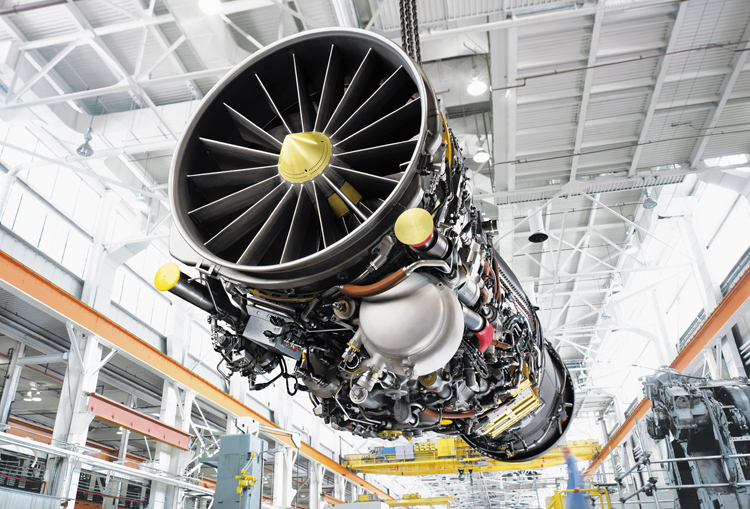
A deal between America’s General Electric (GE) and Hindustan Aeronautics Ltd (HAL) to co-manufacture jet engines in India is likely to be inked during the forthcoming visit of Prime Minister Narendra Modi to the US. Earlier on May 31, 2023, India and the US held extensive talks focusing on operationalising their 'Major Defence Partnership' and co-development of military platforms. Boosting defence industrial cooperation, sharing of critical technology and having joint long-term research were also the focus of the 17th meeting of India-US Defence Policy Group (DPG) that was held in Washington. Defence Secretary Giridhar Aramane and US Under Secretary of Defence for Policy Colin Kahl co-chaired the DPG meeting. In June 2016, the US had designated India a "Major Defence Partner" paving the way for sharing of critical military equipment and technology.
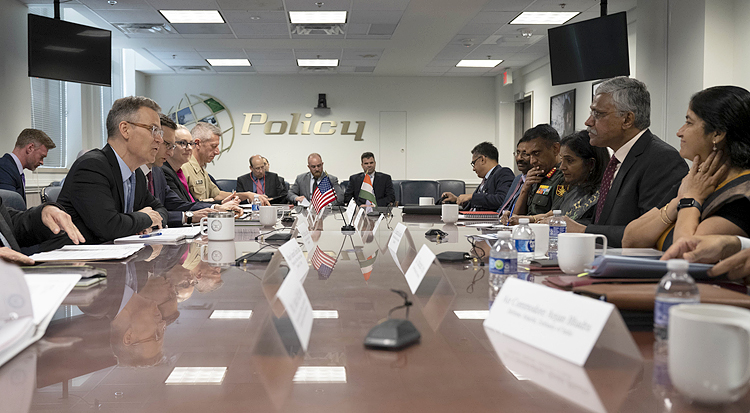
A statement released by the Ministry of Defence (MoD) said, "The two sides reviewed the progress made in furthering defence industrial cooperation and operationalising the India-US major defence partnership. Important aspects such as military-to-military cooperation, implementation of foundational defence agreements, exercises and the ongoing and future cooperative activities in the Indian Ocean Region were discussed. The meeting also discussed promoting co-development and co-production in India including potential areas and projects where Indian and US defence companies could work together."
The forthcoming visit of Prime Minister Narendra Modi to the US is expected to mark a significant milestone in the co-manufacturing of jet engines in India through a deal between General Electric (GE) and Hindustan Aeronautics Ltd (HAL)
On June 5, 2023, US Secretary of Defence Lloyd Austin arrived in India for a visit. He tweeted as he landed in India: "I’m returning to India to meet with key leaders for discussions about strengthening our Major Defence Partnership. Together, we’re advancing a shared vision for a free and open Indo-Pacific." Austin held detailed talks with Defence Minister Rajnath Singh on how to strengthen defence cooperation.
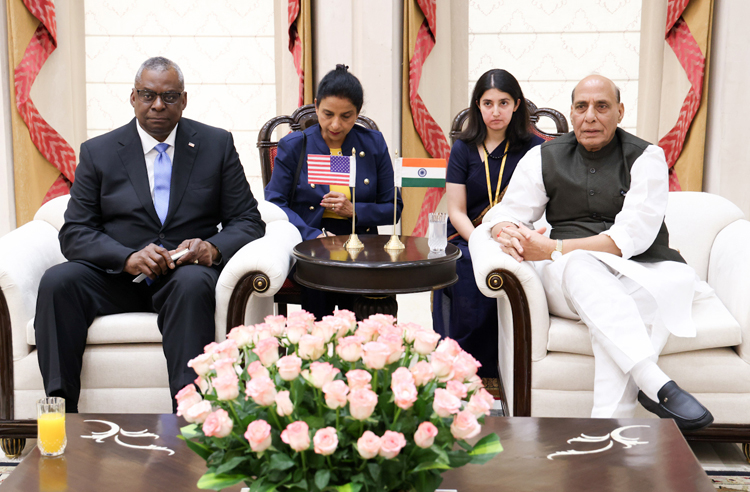
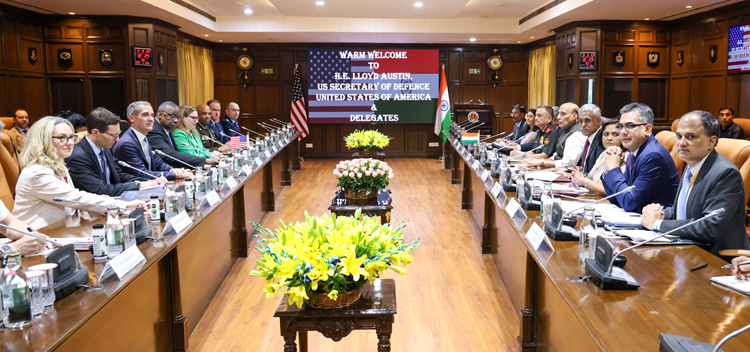
India and the US have inked key defence and security pacts over the past few years, including the Logistics Exchange Memorandum of Agreement (LEMOA) in 2016 that allows their militaries to use each other's bases for repair and replenishment of supplies. Both countries also signed COMCASA (Communications Compatibility and Security Agreement) in 2018 which provides for interoperability between the two militaries and provides for the sale of high-end technology from the US to India. In October 2020, India and the US sealed the BECA (Basic Exchange and Cooperation Agreement) agreement to further boost bilateral defence ties. The pact provides for sharing of high-end military technology, logistics and geospatial maps between the two countries. It may be noted that India wanted a comprehensive approach but the US wanted a step-by-step approach – possibly not to raise suspicions.
US Secretary of Defence Lloyd Austin recently came to India for a visit and held detailed talks with Defence Minister Rajnath Singh on how to strengthen defence cooperation
According to Atul Keshap, President of US Indian Business Council (UIBC), the GE-HAL jet engine deal is expected to include a collaboration that is closer than the countries have ever had before, lasting decades. According to him, should the deal go through, it will impact the US-India defence relationship positively for four decades. The two companies are expected to announce the deal in this regard in and around the official State visit of Modi to the US on June 22. Keshap told media, "Both governments are putting enormous effort into concluding the deal… It (the deal) will unleash even more confidence and even more deal making,”
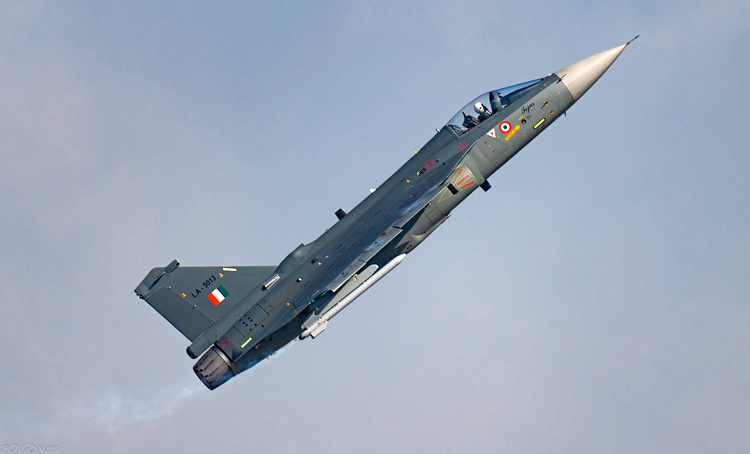
Being an American diplomat and a career US foreign service officer from Virgina, who recently also served as the Chargé d'affairesat the US Embassy in New Delhi, Atul Keshap would naturally place American interests before anything else. But amid all the talk of GE-HAL jet engine deal expected to include a “collaboration that is closer than the countries have ever had before”, would Keshap clarify whether the deal involves complete (100 percent) Transfer of Technology (ToT) of the jet engine and if not, what is the percentage of technology the US would permit GE to transfer to India. This is pertinent because according to the Wall Street Journal, Washington intends to allow the General Electric Corporation to produce “parts” for the Indian jet aircraft or rather the LCA Tejas.
While the jet engine deal is expected to have a positive impact on the US-India defence relationship, questions arise regarding the percentage of technology the US would permit GE to transfer to India
It is also significant to note that on May 24, 2024, the US House Select Committee on the Strategic Competition between the US and the Chinese Communist Party (CCP) recommended including India in the NATO Plus 5 which presently comprises Australia, Japan, Israel, New Zealand and South Korea, the advantages to India being described as “seamless intelligence sharing and access to latest military technology”. Does this mean that the earlier Indo-US agreements on intelligence sharing and transfer of high-end technology were bogus and amounted to only lip service from the US side? And, is the recommendation of inclusion in the NATO Plus 5 the lure for India to sign on the dotted line, dump multi-polarity and instigate China to attack India, a Sino-India war being the actual aim of Washington to serve America’s strategic and economic interests?





